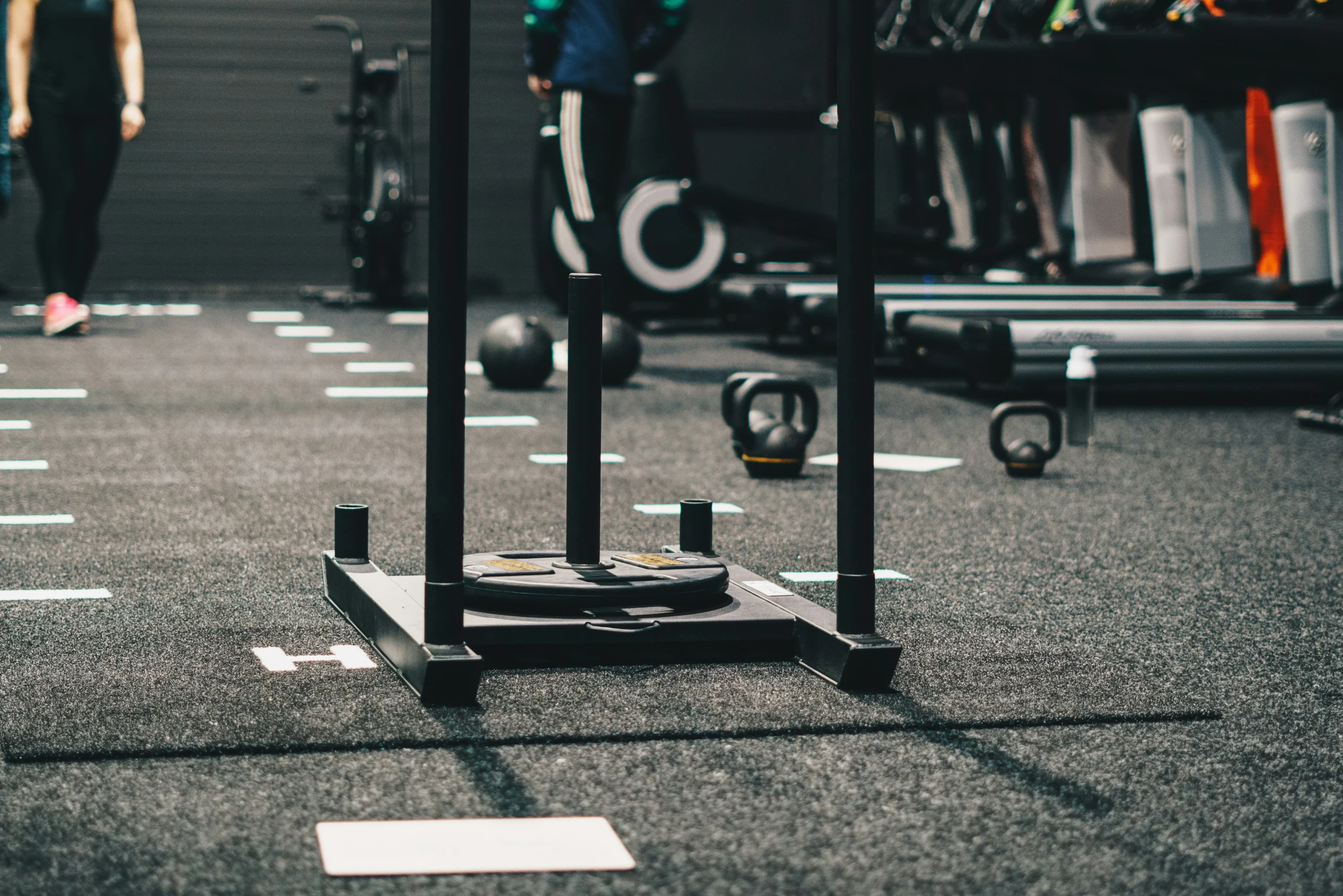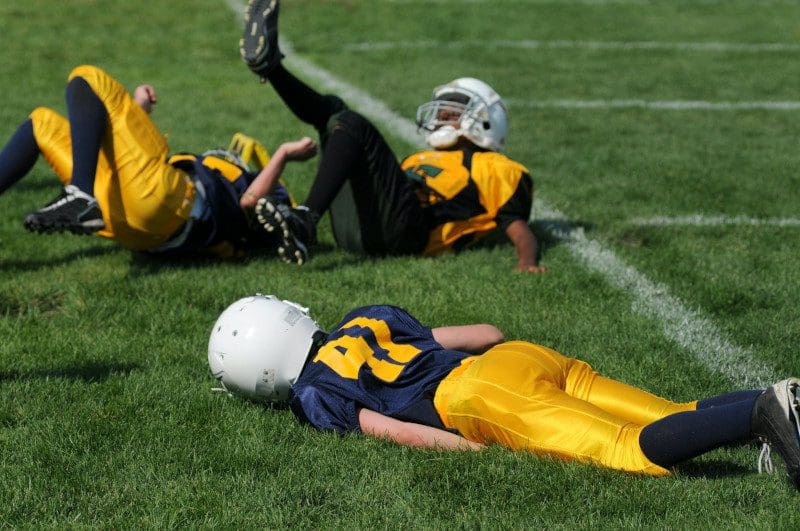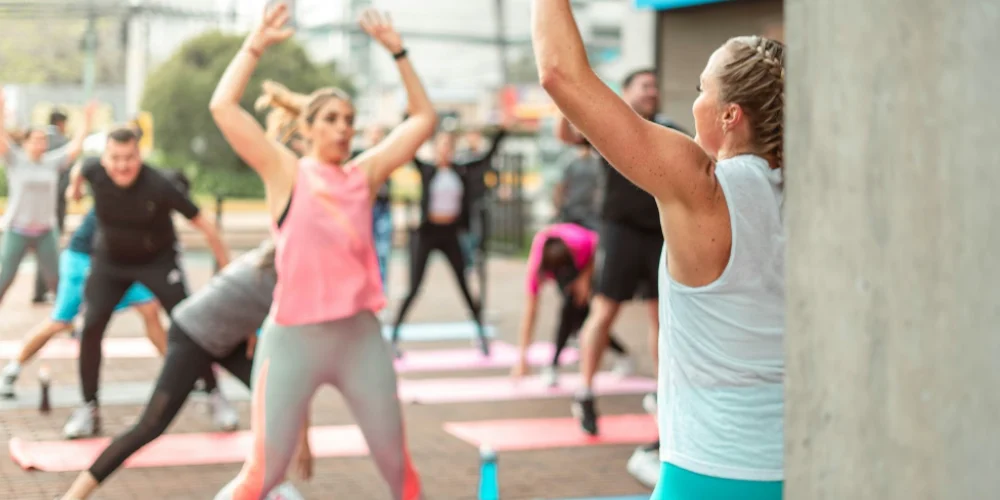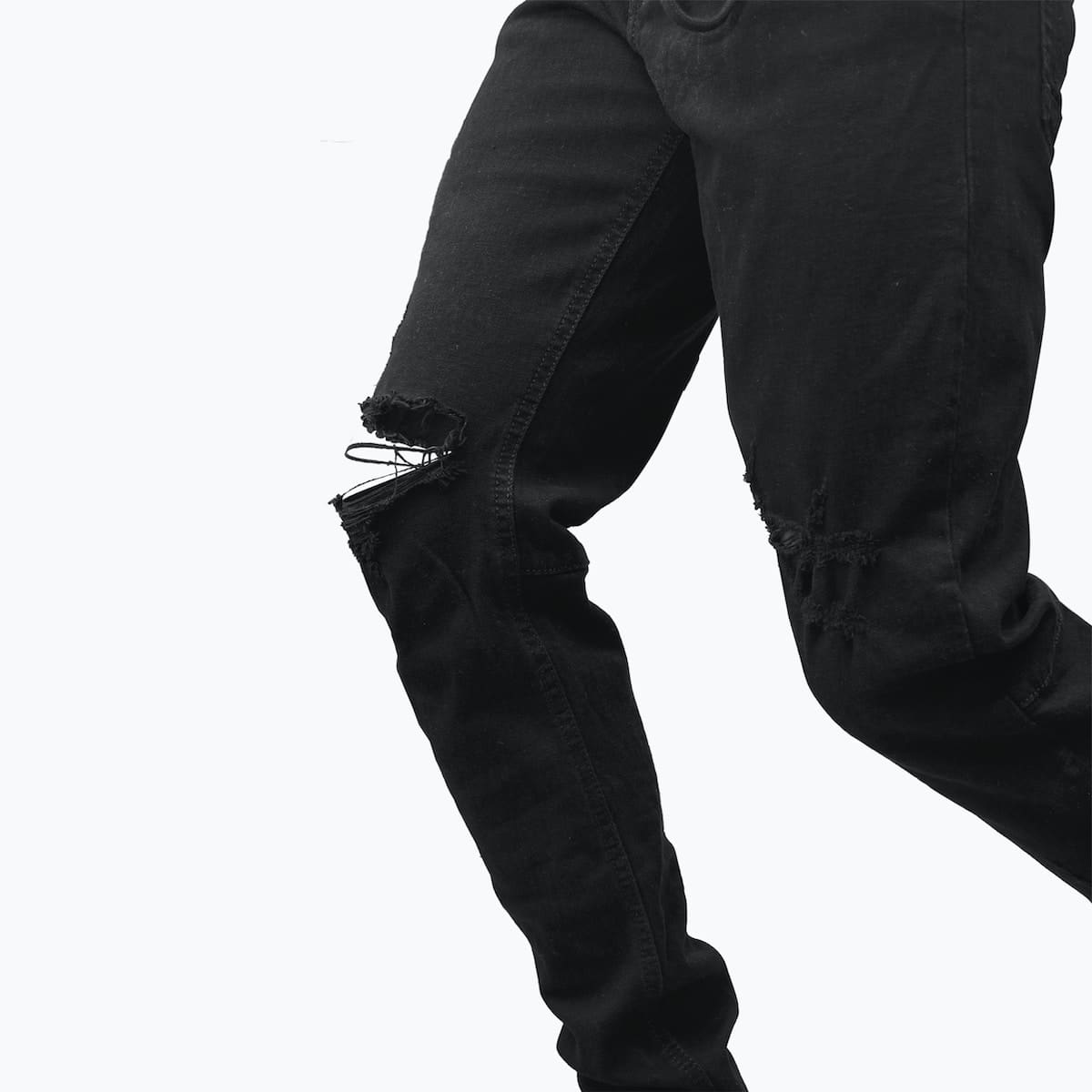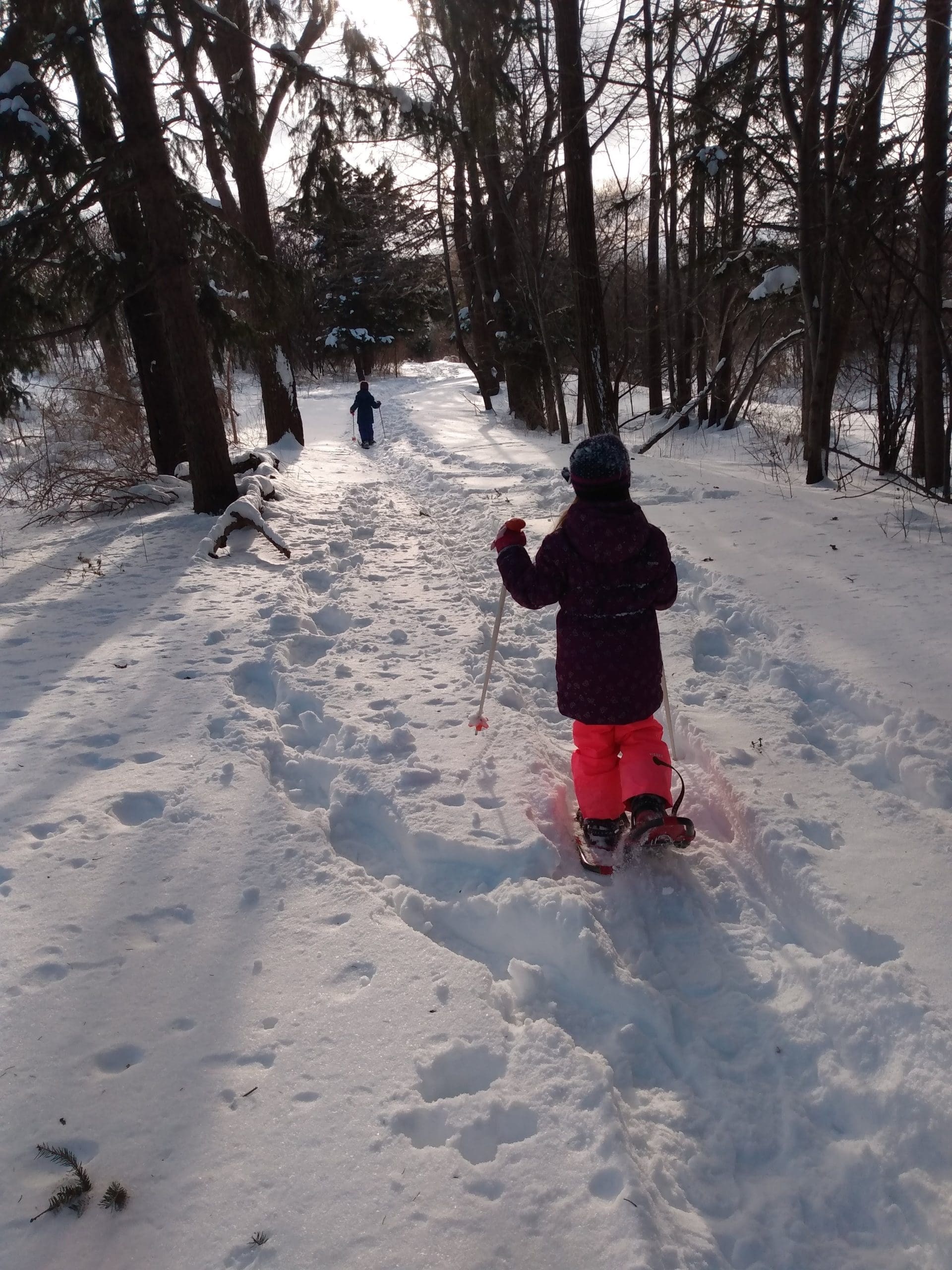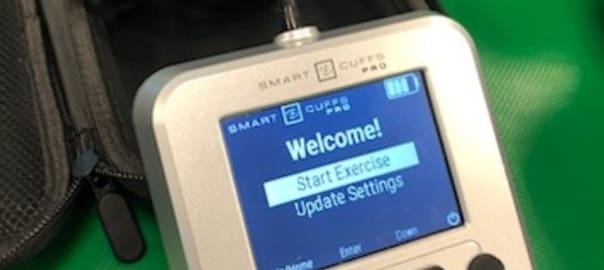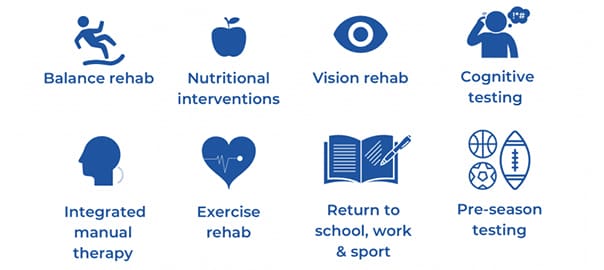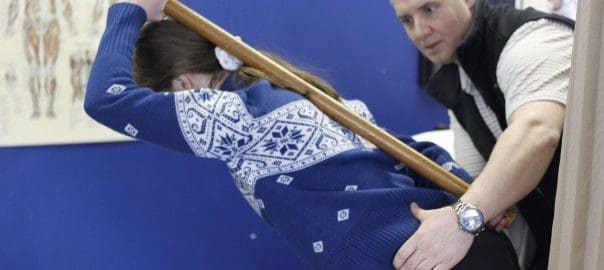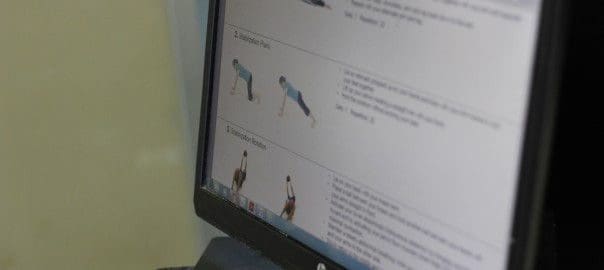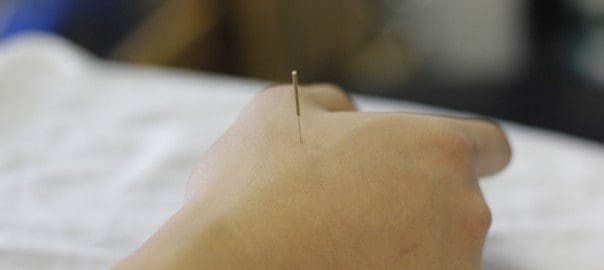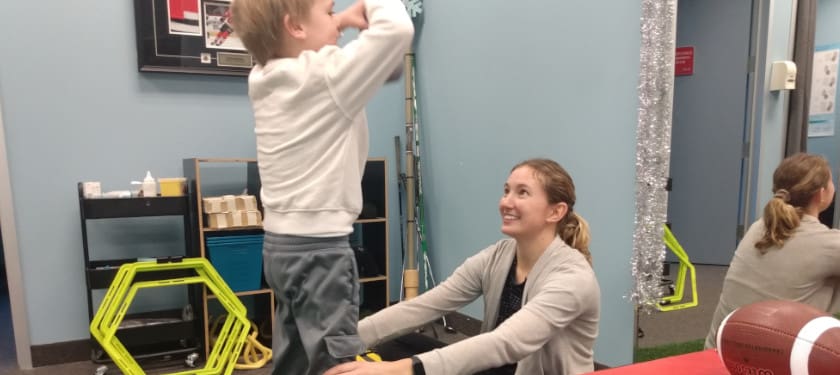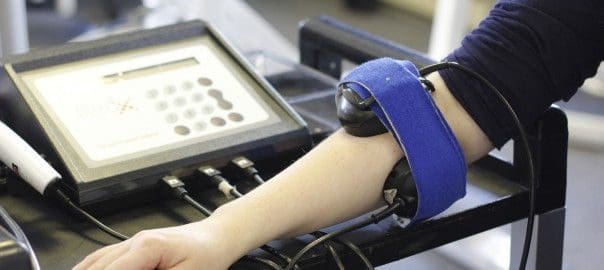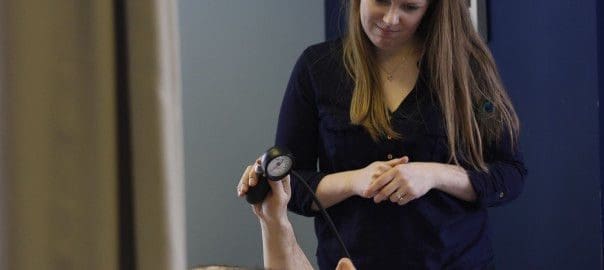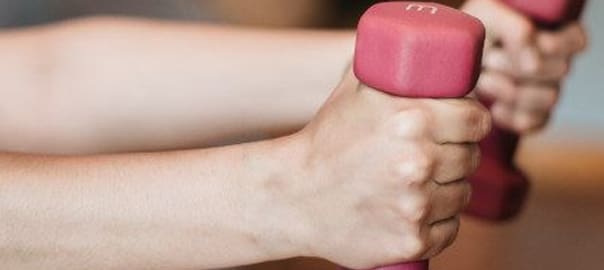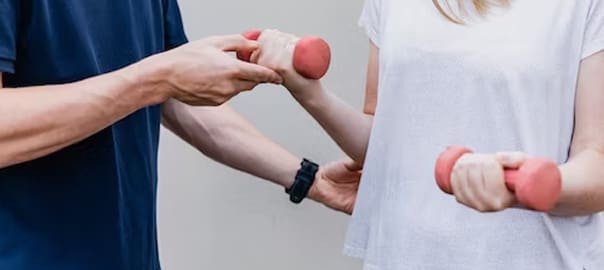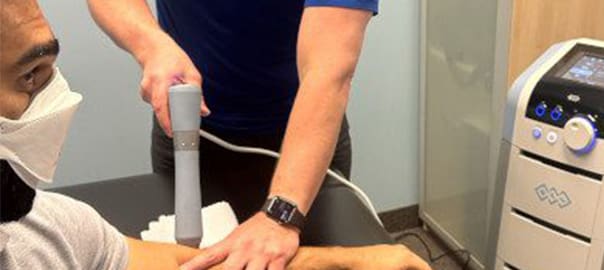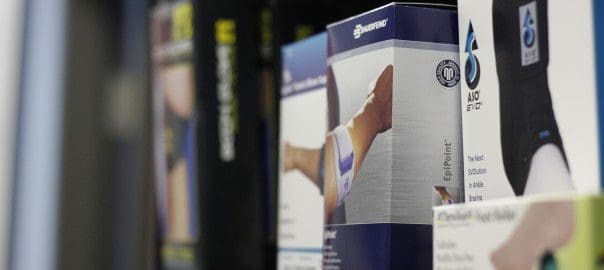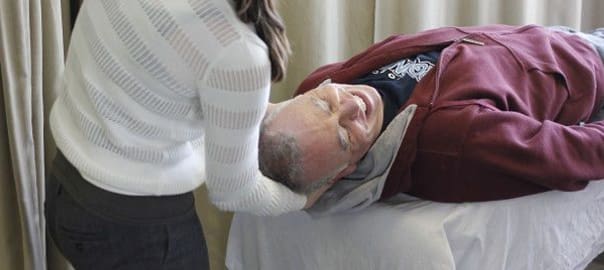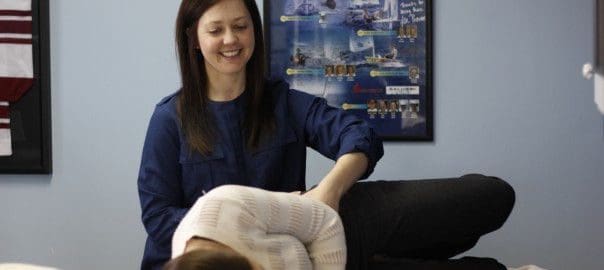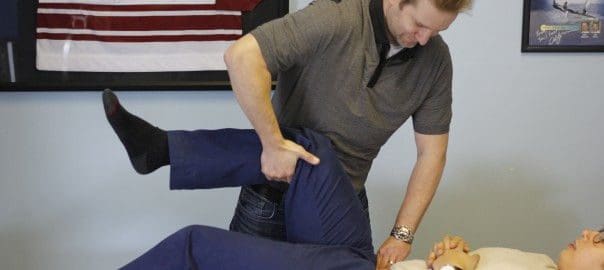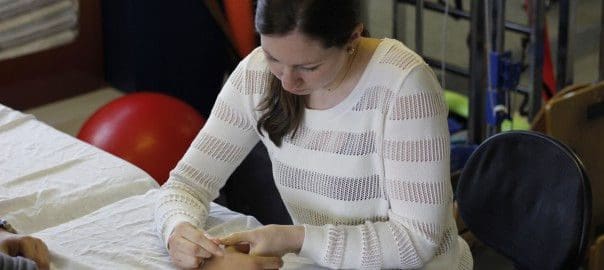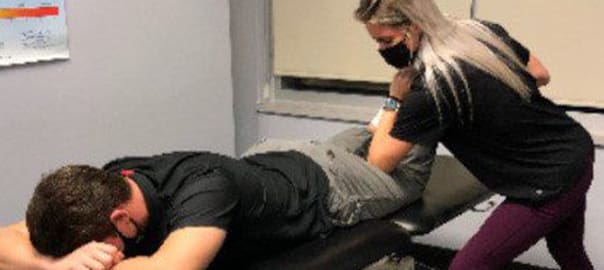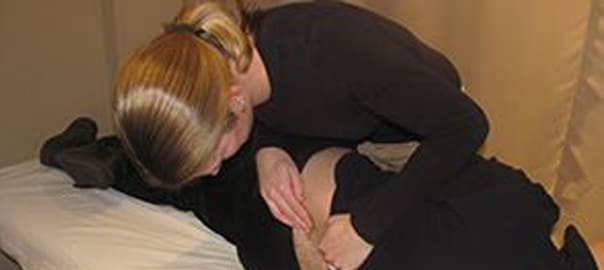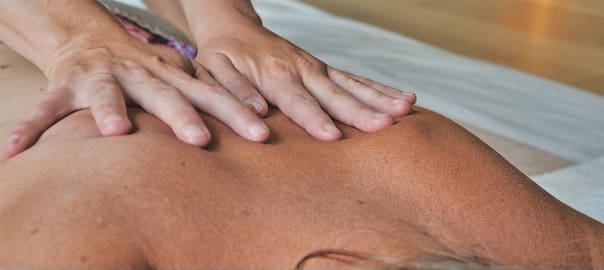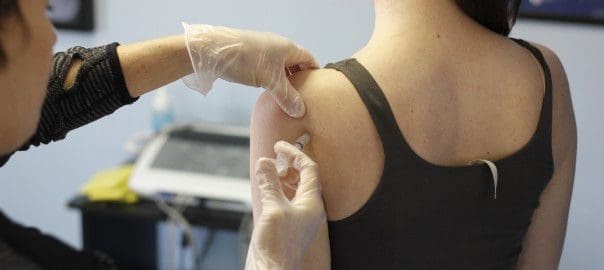If you’re dealing with lower back pain, your hips might be part of the problem—and the solution. The hips and lower back are closely linked, working together to support movement, stability, and load transfer throughout the body. When hip mobility is limited, the lower back often compensates, leading to pain, stiffness, and injury over time.
 Recent research reinforces this connection. Celik et al., (2023) found that patients with chronic lower back pain frequently showed reduced hip range of motion, particularly in hip extension and internal rotation. The study concluded that targeted interventions to improve hip mobility significantly reduced lumbar spine stress and alleviated pain symptoms.
Recent research reinforces this connection. Celik et al., (2023) found that patients with chronic lower back pain frequently showed reduced hip range of motion, particularly in hip extension and internal rotation. The study concluded that targeted interventions to improve hip mobility significantly reduced lumbar spine stress and alleviated pain symptoms.
By addressing hip mobility, you’re not just improving how your hips move—you’re giving your lower back a break. In this article, we’ll explore how improving hip mobility can help reduce lower back pain and what exercises or treatments may help.
The Connection Between Hip Mobility and Lower Back Health
 The hips are important for nearly every movement we make, playing a key role in posture, stability, and spinal alignment. When hip mobility is limited—whether due to tight muscles, joint restrictions, or poor movement patterns—the lower back often picks up the slack. This compensation can lead to stiffness, discomfort, and overuse injuries in the lumbar spine. In particular, restricted hip flexibility and instability can cause excessive movement in the lower back, placing stress on the spinal discs, joints, and surrounding muscles.
The hips are important for nearly every movement we make, playing a key role in posture, stability, and spinal alignment. When hip mobility is limited—whether due to tight muscles, joint restrictions, or poor movement patterns—the lower back often picks up the slack. This compensation can lead to stiffness, discomfort, and overuse injuries in the lumbar spine. In particular, restricted hip flexibility and instability can cause excessive movement in the lower back, placing stress on the spinal discs, joints, and surrounding muscles.
Improving hip mobility through targeted physiotherapy and exercise not only enhances overall movement efficiency but also helps offload the lower back. By addressing these underlying mobility issues, individuals can reduce the risk of chronic pain and support long-term spinal health.
How Limited Hip Mobility Leads to Lower Back Pain
The hips are designed to be highly mobile joints, allowing for a wide range of motion in multiple directions. When this mobility is restricted—due to tight hip flexors, limited internal or external rotation, or joint stiffness—the body must find a way to compensate. Unfortunately, the lower back often takes on this extra workload.
 Unlike the hips, the lumbar spine is built more for stability than mobility. When the hips can’t move freely, the lower back may begin to move more than it should during everyday activities like walking, bending, or lifting. Over time, this abnormal movement pattern can lead to increased strain on the spinal discs, facet joints, and surrounding muscles.
Unlike the hips, the lumbar spine is built more for stability than mobility. When the hips can’t move freely, the lower back may begin to move more than it should during everyday activities like walking, bending, or lifting. Over time, this abnormal movement pattern can lead to increased strain on the spinal discs, facet joints, and surrounding muscles.
For example, limited hip extension can alter pelvic positioning and place the lumbar spine in a more compressed or extended position, contributing to muscle imbalances and pain. Similarly, restricted hip rotation can impair spinal mechanics during activities like twisting or squatting, increasing the risk of injury.
Understanding and addressing these movement dysfunctions is a key part of both preventing and managing lower back pain. By restoring proper hip mobility, we allow the body to move more efficiently and reduce unnecessary stress on the spine.
💡 Movement Tip: Try the Thomas Test
The Thomas Test is a simple way to assess hip flexor length and hip extension. Lie on your back at the edge of a table, pull one knee to your chest, and let the other leg hang off the edge. If the hanging leg doesn’t drop below the level of the table or the knee extends outward, it may indicate tight hip flexors or rectus femoris. Tightness here can limit hip extension and contribute to increased lumbar extension and back pain.
The Role of Physiotherapy and Chiropractic Care in Hip and Lower Back Pain Relief
 Physiotherapy and Chiropractic care plays a vital role in identifying and addressing the root causes of hip-related lower back pain. Because the hips and lumbar spine are so interconnected, a thorough assessment by a therapist is essential to develop an effective treatment plan.
Physiotherapy and Chiropractic care plays a vital role in identifying and addressing the root causes of hip-related lower back pain. Because the hips and lumbar spine are so interconnected, a thorough assessment by a therapist is essential to develop an effective treatment plan.
At Sheddon Physiotherapy and Sports Clinic, our team uses a personalized approach to help patients move better and feel better. Our treatment may include:
Manual Therapy:
Hands-on techniques such as joint mobilizations, soft tissue release, and myofascial techniques help reduce tension, restore mobility, and ease pain in both the hips and lower back.
Exercise Therapy:
Customized programs that include mobility, stretching, and strengthening exercises designed to target weak or tight areas. These exercises not only improve hip function but also enhance core and postural stability to support the spine.
Postural and Movement Assessment:
Identifying dysfunctional movement patterns, pelvic imbalances, or poor posture that may be contributing to your symptoms. Correcting these patterns helps reduce stress on the lower back and prevent recurring pain.
Whether you’re recovering from an injury or managing chronic discomfort, working with a physiotherapist or chiropractor can accelerate your recovery and help you return to the activities you love. With clinics in Oakville and Burlington, Sheddon Physiotherapy and Sports Clinic is here to support your journey to a pain-free, more mobile life.
Effective Exercises for Improving Hip Mobility
Incorporating targeted hip exercises into your daily routine can make a significant difference in both mobility and lower back health. When done consistently, these exercises help reduce tension, improve range of motion, and support proper movement patterns. Watch the video below for some of the most effective exercises for unlocking tight hips.
If you’re dealing with ongoing stiffness or back pain, working with a physiotherapist in Oakville or Burlington can help. They’ll assess your movement patterns and create a customized stretching and mobility plan to restore function and reduce discomfort safely and effectively.
Strengthening Exercises to Support Hip and Back Health

While mobility is essential, strength is just as critical when it comes to maintaining healthy hips and a pain-free lower back. Strengthening the muscles that support these areas helps improve joint stability, reduce compensations, and prevent future injuries.
Here are a few effective exercises commonly used in rehabilitation and injury prevention:
Glute Bridges:
This foundational exercise targets the gluteus maximus, a key stabilizer for both the hips and lower back. Strong glutes help reduce pressure on the lumbar spine during daily activities like walking, lifting, and climbing stairs.
Tip: Keep your core engaged and avoid overextending through the lower back at the top of the movement.Clamshells:
A simple yet powerful exercise to activate the gluteus medius, which plays an important role in hip stability and pelvic alignment. Clamshells are especially helpful for correcting movement imbalances and improving control during walking or running.
Dead Bugs:
This core stabilization exercise strengthens the deep abdominal muscles, helping to support the spine and control pelvic movement. By improving core control, dead bugs reduce strain on the lower back during dynamic movements.
Side-Lying Leg Raises:
This exercise targets the hip abductors and improves lateral hip strength and control. It’s especially useful for individuals with weak glutes or poor hip stability that may contribute to compensatory back pain.
Consistency is key when it comes to strengthening exercises. A well-balanced routine will not only improve muscle function but also support better overall movement patterns.
At Sheddon Physiotherapy and Sports Clinic, our team of experts can design a customized exercise program tailored to your unique needs—focusing on strengthening weak areas, correcting imbalances, and promoting long-term hip and back health.
Preventative Measures for Long-Term Hip and Back Pain Management
Preventing hip and lower back pain requires ongoing effort. Consider the following strategies:
- Maintain an active lifestyle – Regular movement prevents muscle tightness and stiffness.
- Incorporate dynamic stretching – Warming up before exercise reduces injury risk.
- Improve posture – Sitting and standing with proper alignment minimizes strain.
- Seek therapy when needed – Routine check-ins with a physiotherapist, massage therapist or chiropractor can help identify potential issues early.
Taking proactive steps can help prevent chronic discomfort and maintain long-term mobility.
How Sheddon Physiotherapy Can Help with Hip and Lower Back Pain
At Sheddon Physiotherapy and Sports Clinic, we specialize in hip mobility and lower back pain treatment. Our team in Oakville and Burlington provides:
- Comprehensive assessments to identify mobility restrictions
- Hands-on therapy to improve flexibility and function
- Customized rehabilitation plans tailored to your needs
If you’re experiencing hip tightness or lower back pain, contact Sheddon Physiotherapy and Sports Clinic at 905-849-4576 to schedule an appointment.
We are conveniently located:
📍 Oakville – 7 minutes from Oakville GO Station, 10 minutes from Sheridan College
📍 Burlington – 5 minutes west of Spencer Smith Park, 6 minutes northwest of Burlington Beach
Take control of your mobility and health with expert care in Oakville and Burlington!




